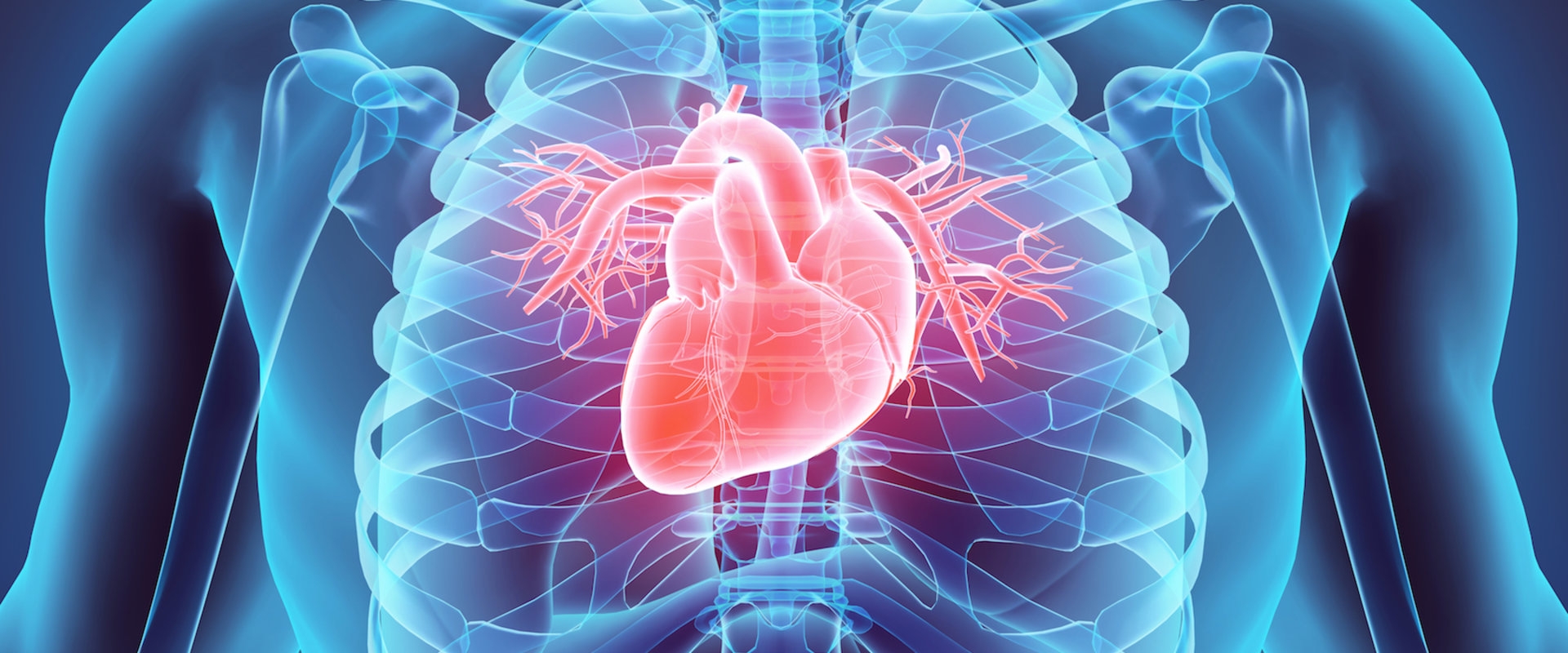Methamphetamine use is associated with a range of cardiovascular complications, including acute vascular constriction, vasospasm, endothelial damage, pulmonary hypertension, and a severe form of dilated cardiomyopathy. The degree of tolerance and individual differences in responsiveness to the drug can influence the risk of developing these complications. Cardiovascular magnetic resonance imaging (CMR) with a delayed increase in gadolinium can be used to identify fibrosis in ischemic and non-ischemic cardiomyopathies and may be useful in predicting recovery in non-ischemic cardiomyopathies associated with toxins. Methamphetamine induces powerful vasoconstriction that can cause severe vasospasm of the coronary arteries and microvasculature, resulting in myocardial ischemia. This combined with direct toxicity to myocardial cells leads to myocardial contractile dysfunction, chronic inflammation, and ultimately myocyte loss due to replacement fibrosis resulting in dilated cardiomyopathy.
Clinical and autopsy reports obtained from long-term methamphetamine users showed indicators of cardiomyopathy such as necrosis, fibrosis, hypertrophy, and enlargement of the heart. The degree of fibrosis predicts functional recovery after cessation of methamphetamine use, while heart function did not improve in any of the patients who continued to use methamphetamine. In animal models, methamphetamine administration induces cardiomyopathies with cardiomyocyte disorder, intracellular and extracellular edema, abnormally shaped mitochondria and nuclei, dilated T tubules, myocyte degeneration, contractile band degeneration and myofilament loss. The use of methamphetamine generally promotes dilated cardiomyopathy with an enlarged and dilated heart and decline severe contractile function. We report a case of severe cardiomyopathy associated with methamphetamine in which heart function recovered after 6 months. The risk of cardiovascular problems among methamphetamine users increases when the drug is combined with alcohol, cocaine or opiates.
Long-term methamphetamine use has been associated with a severe form of dilated cardiomyopathy. Expression of c-Fos, Fos-b, c-jun and dusp-1 in the mouse heart after single and repeated administration of methamphetamine has been shown to induce autophagy during methamphetamine-induced toxicity. The dose necessary and sufficient to cause serious cardiovascular complications or death is unclear due to individual differences in responsiveness and variations in tolerance. While there are few reports of chronic systemic hypertension among methamphetamine users, long-term methamphetamine abuse can cause a marked increase in pulmonary hypertension. In addition to vasospasm, methamphetamine users show a significant worsening of atherosclerotic cardiovascular disease. Methamphetamine-related cardiomyopathy is associated with severe systolic dysfunction, left ventricular chamber dilation.
Treatment for methamphetamine toxicity should be based on the presentation of symptoms and not on the reported dose administered. CMR may be useful in predicting recovery in non-ischemic cardiomyopathies associated with toxins.
